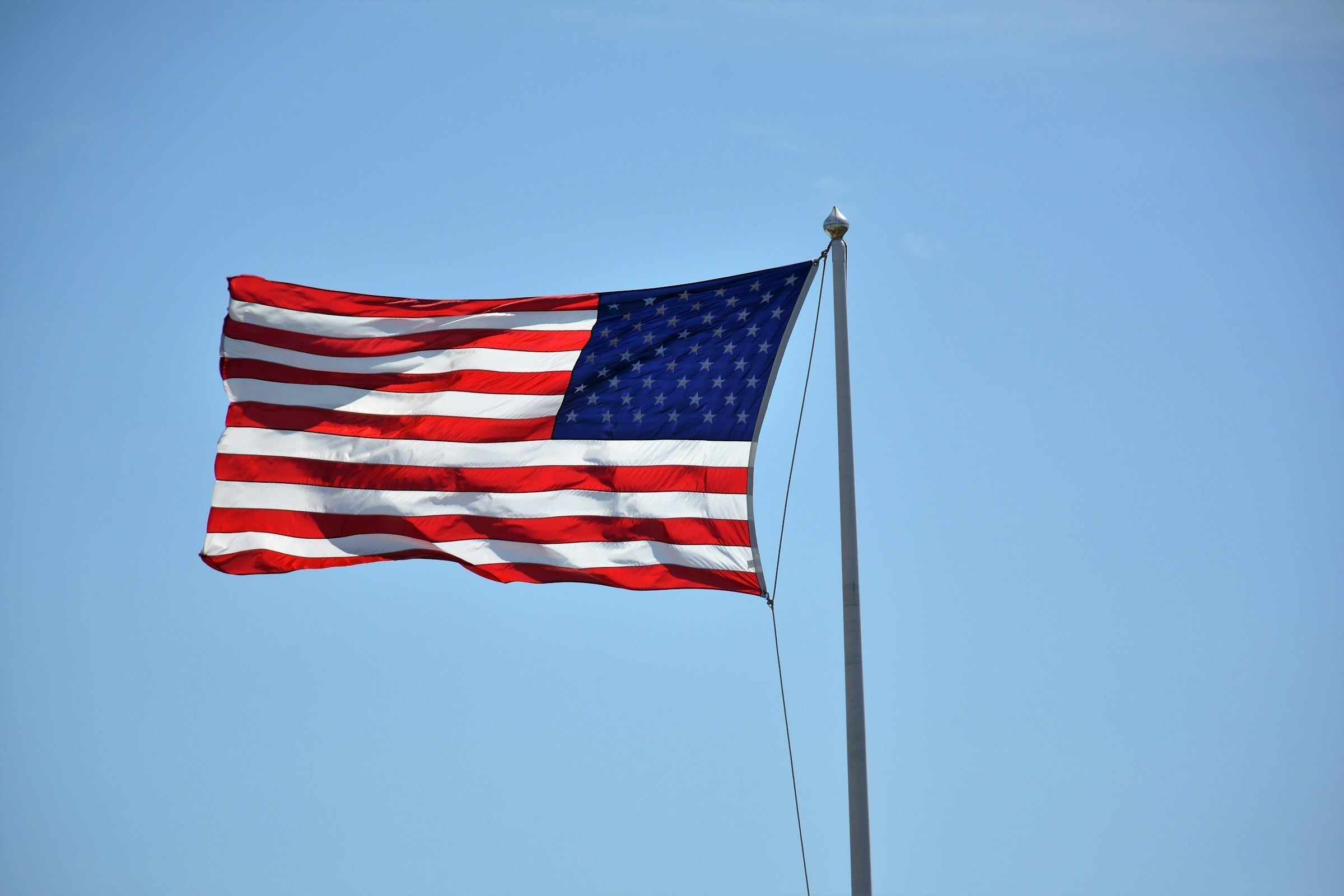
· By Drew Whitmore
The History of Flagpoles in the U.S.
How Flagpoles Became a Symbol of American Identity
From colonial battlefields to modern-day front yards, flagpoles have long held a place of honor in American life.
But while the flag itself receives much of the focus, the pole that lifts it high has a story just as symbolic.
Understanding the history of flagpoles in the U.S. reveals how they’ve evolved into a lasting symbol of patriotism, resilience, and unity.
Roots in Revolution: The First American Flagpoles
The earliest American flagpoles weren’t manufactured with precision — they were often tall trees stripped of branches and hoisted by hand.
During the Revolutionary War, makeshift poles were erected at encampments and forts, serving as both rallying points and declarations of resistance.
The Liberty Tree in Boston, one of the first iconic flag-bearing trees, became a gathering spot for patriots and protestors.
As the colonies united, raising the flag on a central pole became a way to establish presence, assert identity, and signal hope for independence.
These early flagpoles weren’t decorative; they were powerful markers of defiance and unity.

Industrial Strength and Civil Pride
With the rise of industrial America in the 19th century, flagpoles evolved from timber to iron and steel.
Factories, schools, and city halls proudly flew the flag — not just on holidays, but every day.
The flagpole became a fixture of civic architecture, often placed in town squares or government lawns to symbolize local pride and national allegiance.
During the Civil War, flagpoles were raised in both Union and Confederate territories to assert loyalty.
Some historic poles, including those that survived cannon fire, still stand today as silent witnesses to American history and resilience.

World Wars and Suburban Streets
In the 20th century, especially after World War I and II, flying the flag at home became a sign of sacrifice, unity, and remembrance.
This led to the growth of residential flagpoles — especially in small towns and suburban neighborhoods.
Veterans returning from war often installed flagpoles in their front yards as personal memorials.
The act of raising the flag each morning became a ritual that honored both fallen comrades and national pride.
Families took pride in teaching younger generations the meaning behind this daily gesture.
Modern Materials, Timeless Tradition
Today, American-made flagpoles come in a range of materials — from aluminum to fiberglass — engineered to withstand wind, weather, and time.
While the technology has changed, the sentiment remains the same: to fly the Stars and Stripes with respect and permanence.
At Americana Flag Poles, we continue this tradition by crafting high-quality products that are built to last and designed to honor the American spirit.
If you're looking for a durable, wind-tested American-made flagpole kit, you're investing in something more than hardware—you're preserving a legacy.
Why This History Still Matters
Flagpoles are more than tools to fly a flag—they are vertical expressions of American values.
Every time we raise the flag, we connect with a history that spans revolution, growth, conflict, and unity.
From the Liberty Tree to suburban lawns, flagpoles remind us of what we stand for.
If you're ready to be part of this legacy, consider installing a flagpole that reflects those values with every inch.
We welcome you to contact our team if you have questions or want to speak to someone who understands the importance of craftsmanship and tradition.
You can also revisit our recent article on how to fold the American flag for a meaningful guide on flag etiquette.
Related Posts
